Earth
Sign up for our newsletter
We summarize the week's scientific breakthroughs every Thursday.
-
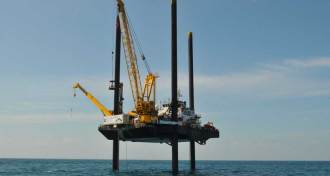 Earth
EarthFossil microbes show how some life bounced back after dino-killing impact
Pioneering microbes colonized the waters above the Chicxulub crater within hundreds of years following the impact, new research shows.
-
 Climate
ClimateGlacier melting’s link to climate change confirmed
The decades-long melting of glaciers is categorical evidence of climate change, a new study affirms.
-
 Genetics
GeneticsEpigenetic marks may help assess toxic exposure risk — someday
Exposure to things in the environment may change chemical tags on DNA and proteins, but it’s still unclear how to use that data to assess health risks.
-
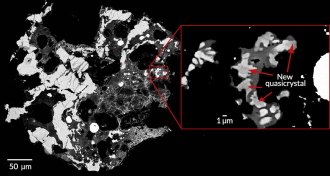 Earth
EarthThird kind of quasicrystal found in Russian meteorite
A new quasicrystal found inside a Russian meteorite is the first ever found in nature before being synthesized in the lab.
-
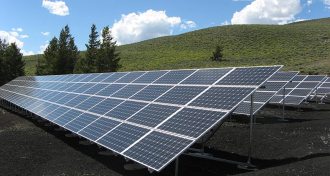 Climate
ClimateSolar panels are poised to be truly green
Solar panels are about to break even on their energy usage and greenhouse gas emissions.
-
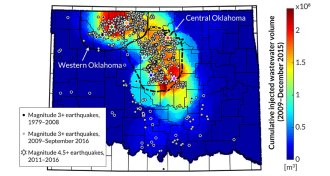 Earth
EarthWastewater cap could dunk Oklahoma quake risk
Regulation limiting the injection of wastewater into underground wells could return Oklahoma’s earthquake risk to historical background levels within a few years.
-
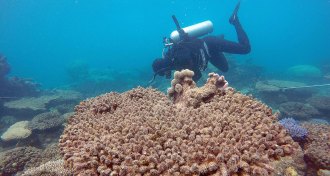 Oceans
OceansCoral die-off in Great Barrier Reef reaches record levels
Bleaching has killed more than two-thirds of corals in some parts of the Great Barrier Reef, scientists have confirmed.
-
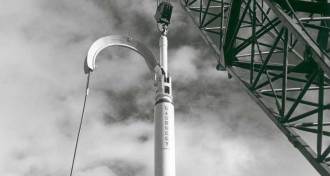 Earth
Earth50 years ago, nuclear blasting for gas boomed. Today it’s a bust.
50 years ago, scientists made plans to use nuclear explosions to extract natural gas from underground. In one such experiment, the gas was released but turned out to be radioactive.
-
 Plants
PlantsTweaking how plants manage a crisis boosts photosynthesis
Shortening plants’ recovery time after blasts of excessive light can boost crop growth.
By Susan Milius -
 Earth
EarthHow a ring of mountains forms inside a crater
Rocks drilled from the Chicxulub crater linked to the demise of the dinosaurs reveal how mountainous peak rings form within large impact craters.
-
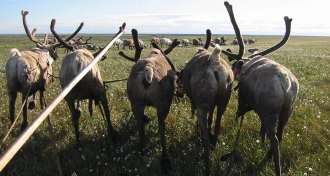 Animals
AnimalsSkimpy sea ice linked to reindeer starvation on land
Unseasonably scant sea ice may feed rain storms inland that lead to ice catastrophes that kill Yamal reindeer and threaten herders’ way of life.
By Susan Milius -
 Climate
ClimateSkimpy sea ice linked to reindeer starvation on land
Unseasonably scant sea ice may feed rain storms inland that lead to ice catastrophes that kill Yamal reindeer and threaten herders’ way of life.
By Susan Milius